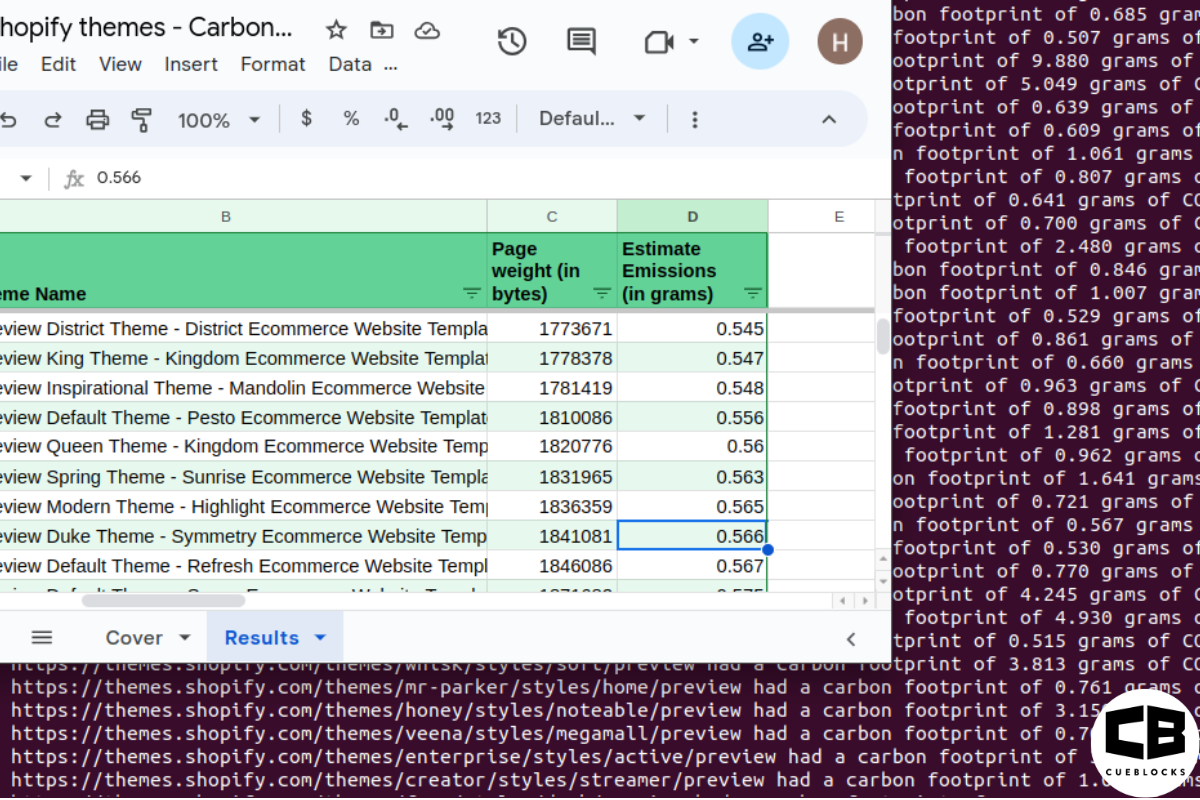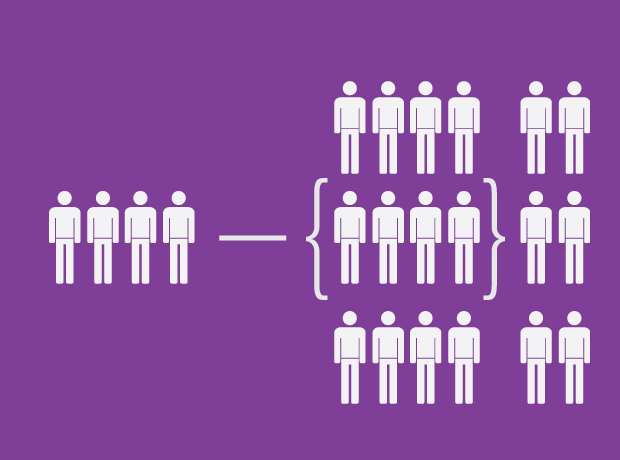
AdWords Similar Audiences – An Add-On to AdWords Remarketing
If you’re familiar with Remarketing, or are already using Remarketing to get more purchases from your site visitors, then you may find AdWords new feature: Similar Audiences, useful.
Let us give you a little prelude.
AdWords Similar Audience is linked to remarketing, very closely. In Remarketing, Users are added to predefined remarketing lists as and when they visit your web pages, through a Remarketing Tag that is placed on your website. These users, or more specifically their cookies, get added and stored on these lists. When these users are later browsing the world wide web (display network), advertisers can show targeted ads to them using remarketing.
So you have a specific set of users i.e., your relevant remarketing list audience, who are most likely to convert or have converted on your website.
Now that you have an idea as to what is remarketing, let us explain Similar Audiences.
First of all, there are some terms and conditions to be taken note of while using the Remarketing Similar Audiences feature:
- It works only for the Display Network.
- A Remarketing List should have a minimum of 500 cookies (with similar characteristics and interests) for AdWords to create a corresponding similar audience.
(No action is required from the Advertisers’ side. AdWords will itself evaluate and determine if a Remarketing List is eligible for similar audiences)
As the name suggests, AdWords Similar Audiences are audiences or users that resemble the list of people on your existing remarketing lists. What happens here is that AdWords looks through the entire user base on the Display Network, and compares their browsing habits to those who are on your remarketing lists. Here, AdWords will find users who visit same/similar websites that users on your remarketing lists visit. Once it finds a similar enough match, (not exactly matching, but close enough) it adds those users as similar audience in your AdWords account. Google automatically decides that which list from your remarketing lists will qualify for Similar Audiences.
With Similar Audiences, AdWords makes it much easier for you to look for a targeted set of users that is similar to those who have already proven to be successful/converting for you i.e., your remarketing list. Instead of broadly targeting users, you can now reach those specific users, who are much more relevant and have more chances of converting on your website.
How to find Similar Audiences in AdWords :
If you try to find Similar Audiences in the “Audience” section in “Shared Libraries” you will not find it there. Similar Audiences can be seen under Remarketing lists under the “Display Network” tab as shown in the screenshot below.
How to best use AdWords Similar Audiences:
For optimally using the remarketing similar audiences feature and to measure their impact correctly, we suggest creating a new “Display Network only – Remarketing” campaign to use similar audiences.
While creating a new remarketing campaign, AdWords recommends not to add location/language targeting, as the users on your remarketing lists might be from all over the world. Therefore using similar audiences in the same remarketing campaign which is targeted to the entire world will result in lot of insignificant clicks, leading to high cost. So you should limit the geo-targeting to that area to which you cater to.
In this new campaign, click on “New Ad Group”. You will see similar audiences for those remarketing lists that are eligible as per Google’s criteria. Once you have decided for which remarketing list you want to create a similar audience, then:
- Add that similar audience list to your Campaigns/ Ad Groups.
- Create an ad and your campaign will start running.
Once your campaign has got a few clicks, you can further optimize your campaign by looking at the placements reports, managing the bids and making changes accordingly.
You can further restrict the similar audience targeting by adding keywords, placements, age, gender as criteria, once you have seen the performance of the similar audience campaign for some time.
It is NOT guaranteed that similar audiences will get a similar conversion rate that remarketing gets. So restrict your budget and bids initially, and once you have seen and evaluated the performance, you can further optimize your campaigns accordingly to get the best results.
Have you tried the Remarketing Similar Audience feature yet? Share your experience in the comments below!
- About the Author
- Latest Posts
Hello world! This is me, a copywriter, a PPC specialist, and an Army Brat who simply cannot sustain without some edginess, fun, and learning. I like fashion, spending on fashion, and experimenting with clothing! And when all of this is sorted, I like to travel & explore the world!
One Reply to “AdWords Similar Audiences – An Add-On to AdWords Remarketing”
Add a comment
-
Evaluating the Carbon Emissions of Shopify Themes
by Harleen Sandhu
Committing to green claims as a business is a huge promise to deliver on. For ecommerce stores, Shopify is leading …
Continue reading “Evaluating the Carbon Emissions of Shopify Themes”
-
Dark Mode: Accessibility vs Sustainable Web Design
by BalbirIntroduction Dark mode, a feature that lets users switch the color scheme of an app or website to darker colors, …
Continue reading “Dark Mode: Accessibility vs Sustainable Web Design”
-
Discover Essential Sustainable Marketing Principles and Strategies for Ethical Business Growth
by Pancham Prashar
Given the major issues that our world is currently facing, such as pollution and climate change, sustainability becomes an inevitable …
-
Show, Don’t Tell: Demonstrating Transparency in Your eCommerce Store
by Pancham PrasharFor an eCommerce brand committed to good, success goes beyond creating excellent products; it extends to effectively communicating your values …
Continue reading “Show, Don’t Tell: Demonstrating Transparency in Your eCommerce Store”
-
How to Market Sustainable Products Effectively
by Nida Danish
In today’s market, sustainability has evolved from a passing trend to a pivotal consideration for both consumers and businesses. Globally, …
Continue reading “How to Market Sustainable Products Effectively”
-
Decoding B Corp Marketing Challenges: Strategies for Success
by Nida DanishToday, businesses place high importance on sustainability and ethical practices. For B2B and e-commerce leaders, being a certified B Corp. …
Continue reading “Decoding B Corp Marketing Challenges: Strategies for Success”







Here’s what Google says about how Similar Audiences are formed:
“AdWords looks at browsing activity on Display Network sites over the last 30 days, and uses this, along with our contextual engine, to understand the shared interests and characteristics of the people in your remarketing list.”
Is Google aggregating the 1st party data from all their advertisers who are doing remarketing with Google, and then slicing & dicing that data to enable the Similar Audiences feature?
I ask the question because that’s definitely what some other retargeting firms do, and Google’s vague description above leaves ample room for them to do the same.
Thanks for any help you can provide.